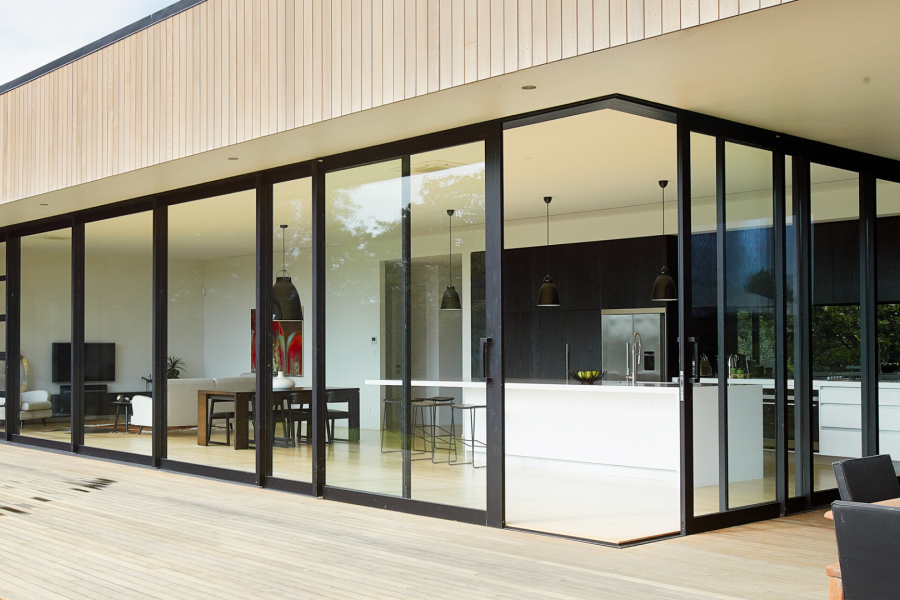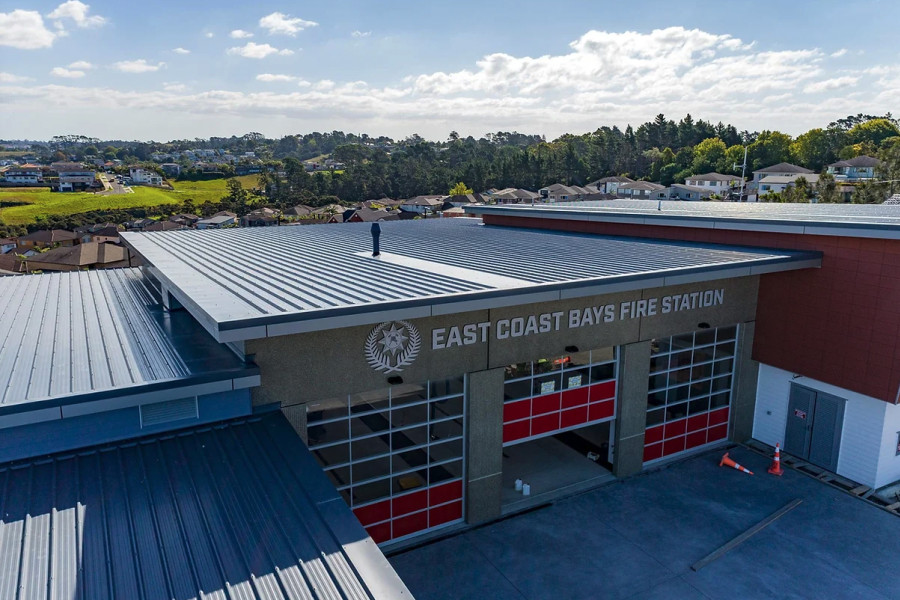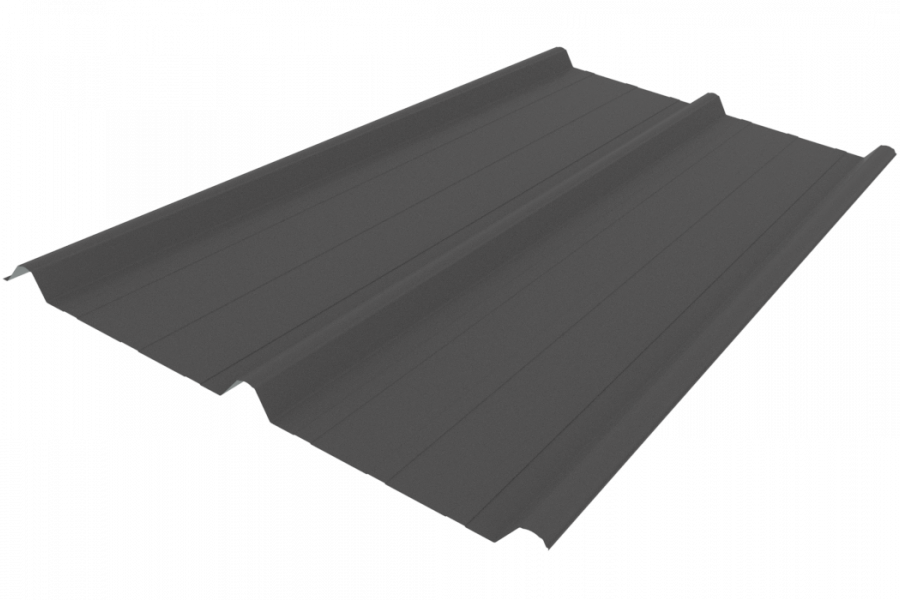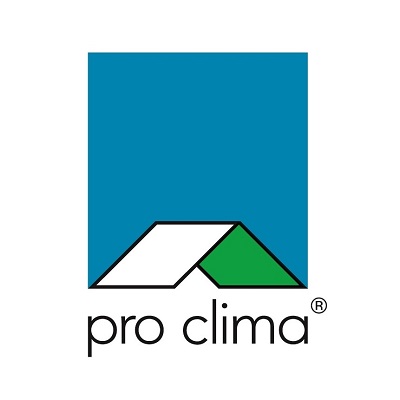A discussion with Matt Duder at the Constructive Conference in late 2024 resulted in a collaboration between EBOSS, NZCB and Designgroup Stapleton Elliott that Matt wrote about in New H1 Insulation Standards Can Cost Little Extra Using Calculation Method. This exposed one such opportunity.
While it is relatively straightforward to determine if a house complies with the NZ Building Code Section H1, it is not so easy to know the cost impact of the choices made.
H1 requires that buildings meet a minimum heat loss standard. Many factors affect the thermal performance of the house. These include the shape of the house, the size of the windows, the wall area, and the materials used for its construction. Designers can also vary the thermal specification of walls, floors, roofs, and windows to meet the requirement.
That got me thinking…
There is a real cost impact
Each of the thermal performance levers available to the designer has a different cost profile. This means that the resulting cost impact is difficult to know at design stage. I thought, "there has to be an optimisation opportunity here," so started a deeper R&D project to explore this.
We talked to BRANZ and took the three standard housing plans used for the cost analysis for the recent MBIE H1 consultation and went to work on them.
What I wanted to figure out was:
- Is the range of costs that we found on the NZCB plans consistent across other housing typologies?
- Does the calculation method allow us to expose these cost differences?
- If we needed to use the modelling method, what would we use?
We brought Ali Lokhandwala, a Master of Architectural Engineering Canterbury graduate, onto our team to help us with this. Callaghan Innovation supported us with a grant to help with the cost of the research.
So, what did we learn?
That the range of costs for compliant solutions to H1 across the typologies was comparable to our previous work. There is money on the table in how designs meet H1.
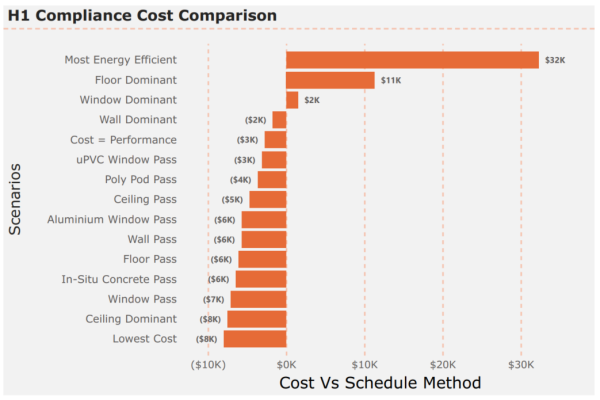
What this also showed is that there isn’t a “one solution fits all answer”; the best selections vary with the characteristics of the design.
We also identified that using the calculation method is an effective means of exploring alternative ways of complying with H1. Costing these scenarios showed that there is a meaningful financial prize available.
We have confidence in our costings as we work on around 50 projects a month for 300+ builders. Our cost database is current for a wide range of construction options. Our methodology means that our costings are sensitive to small changes in the design, like the shape of the building or the size of openings.
H1 Value Engineering
So, we decided to develop a new service offer: H1 Value Engineering. The aim is to help designers navigate achieving cost-effective H1 compliant designs.
This isn’t about code minimum or lowest cost. It is about making informed decisions on cost vs performance.
We have developed the calculation method into our 3D modelling software. This uses the 3D model elements to provide the required inputs for the calculation, as they do for our costing.
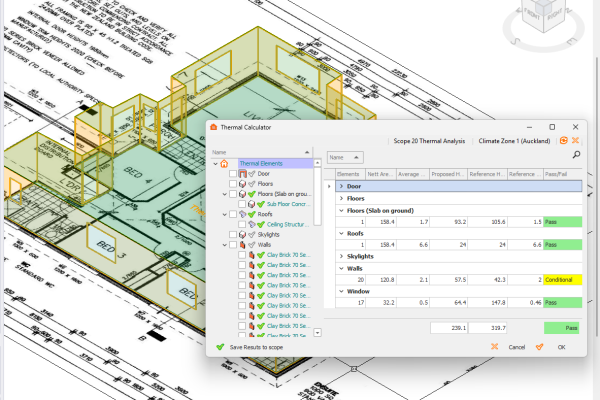
How does this service work?
- Designers provide us with PDF drawings, plus the 3D model (if they use our BIM2YourQS ArchiCAD or Revit plugins)
- We gather some information from the designer on preferences and desired design outcomes
- We iterate through a variety of scenarios, and cost a range of compliant ones
- We offer a recommendation, along with a summary of the options considered
- We provide a document for use with the building consent.
To find out more, visit www.h1ve.co.nz
About Nick Clements
Nick won the inaugural NZIOB 2024 Digital Technology award for his work on 3D estimating in residential construction. He is a Member of the NZIQS and is vice chair of the Auckland committee.
His business, YourQS, specialises in providing cost estimating services to residential builders, architects, and homeowners for both new build and renovation projects. They have completed over 3,200 projects since launching in 2019 working for around 300 builders nationwide.
Nick is the host of the Beyond the Guesstimate podcast where he talks with interesting people ideas on how we can improve as an industry and as businesses within it.






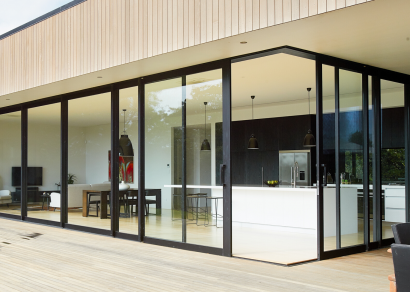
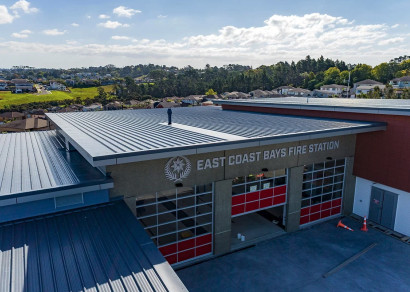
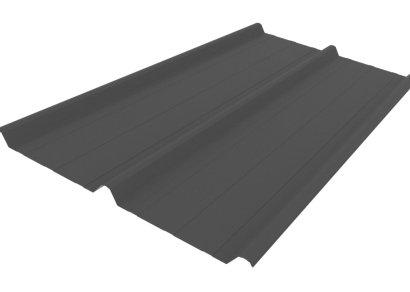


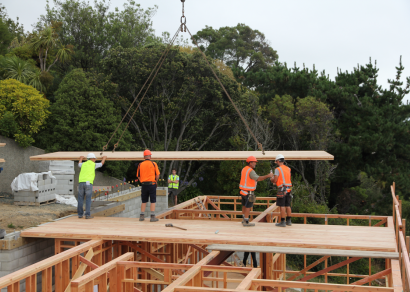

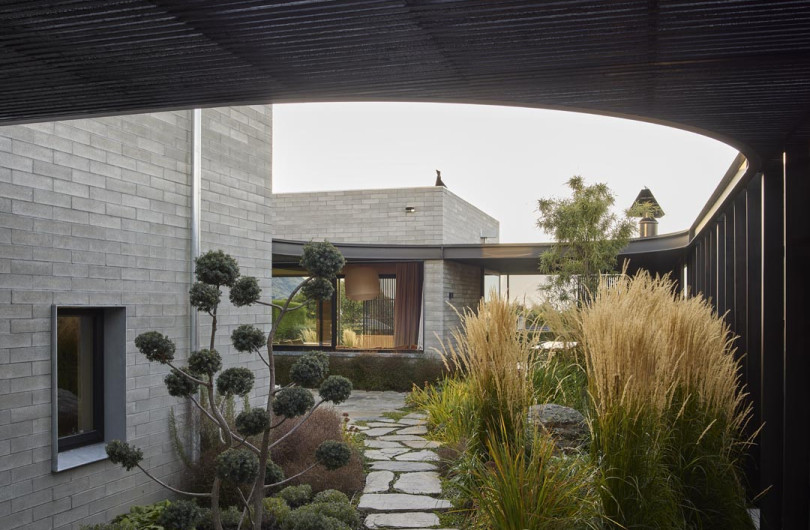
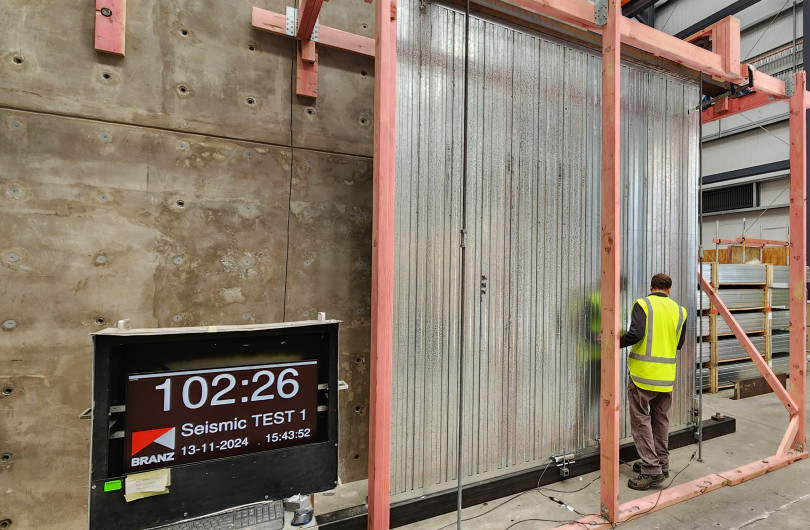
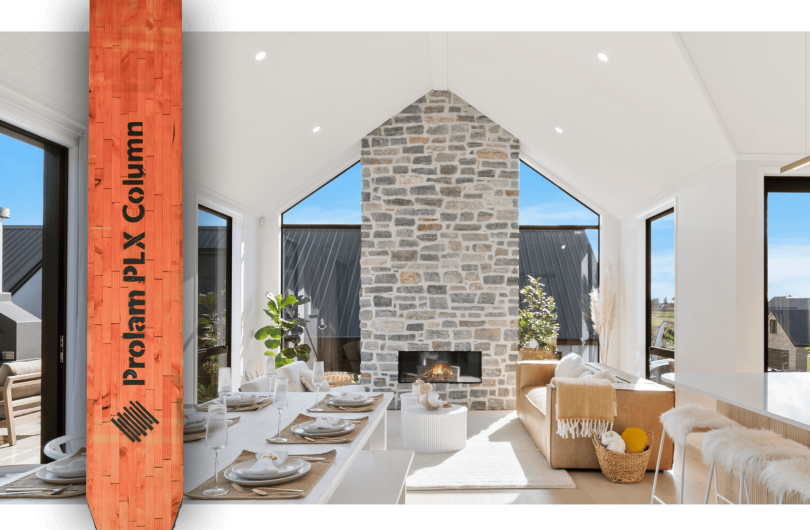


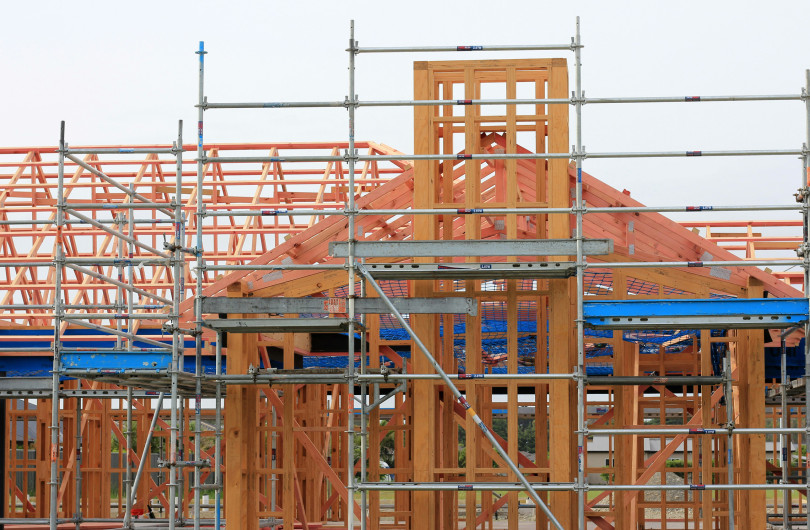




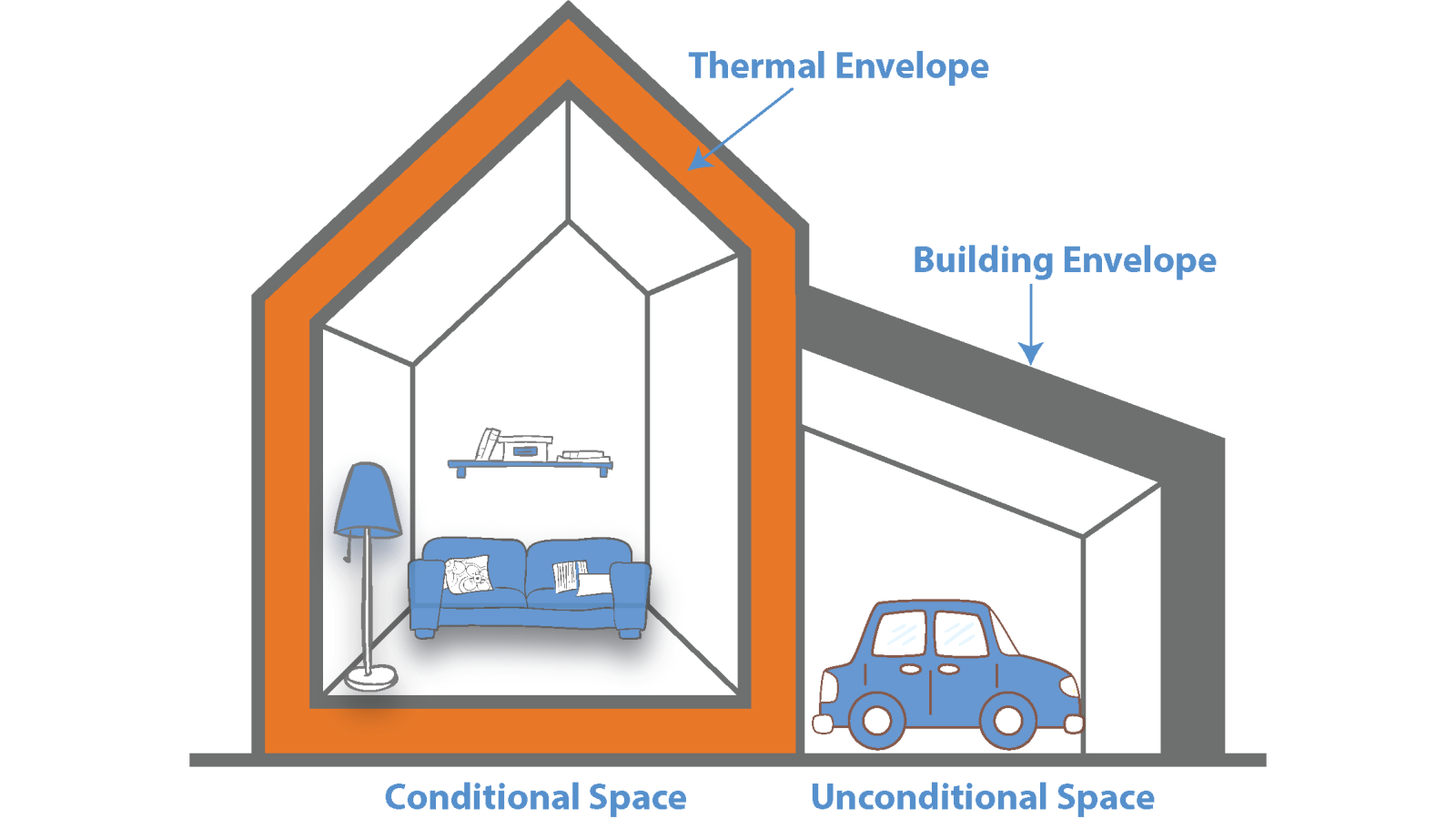



 Most Popular
Most Popular Popular Products
Popular Products